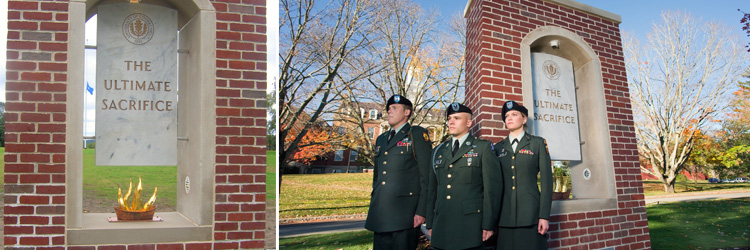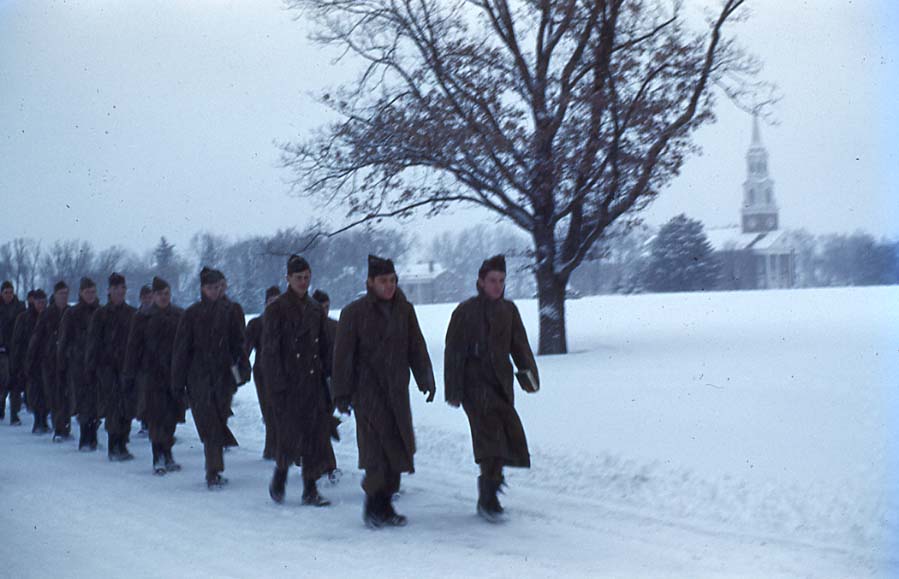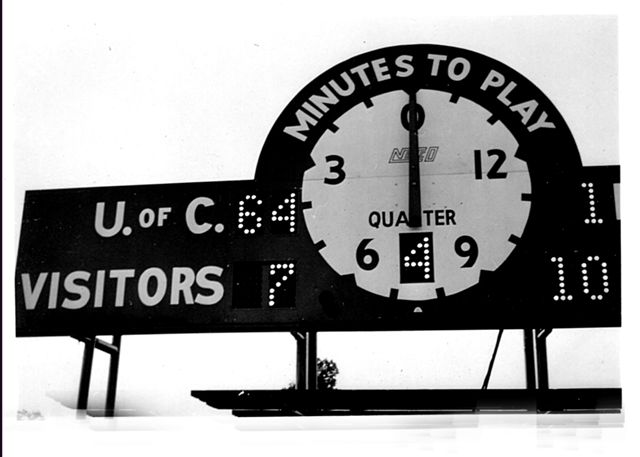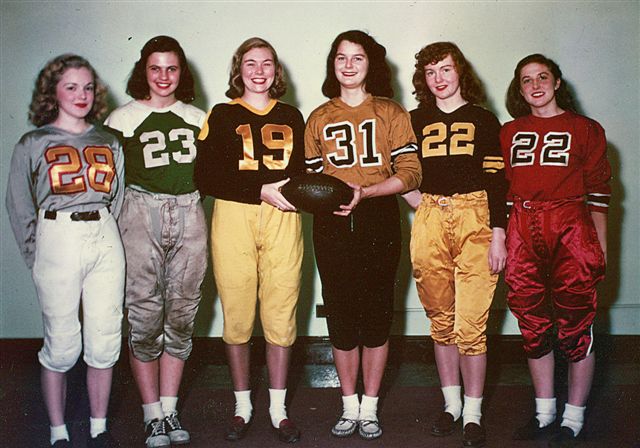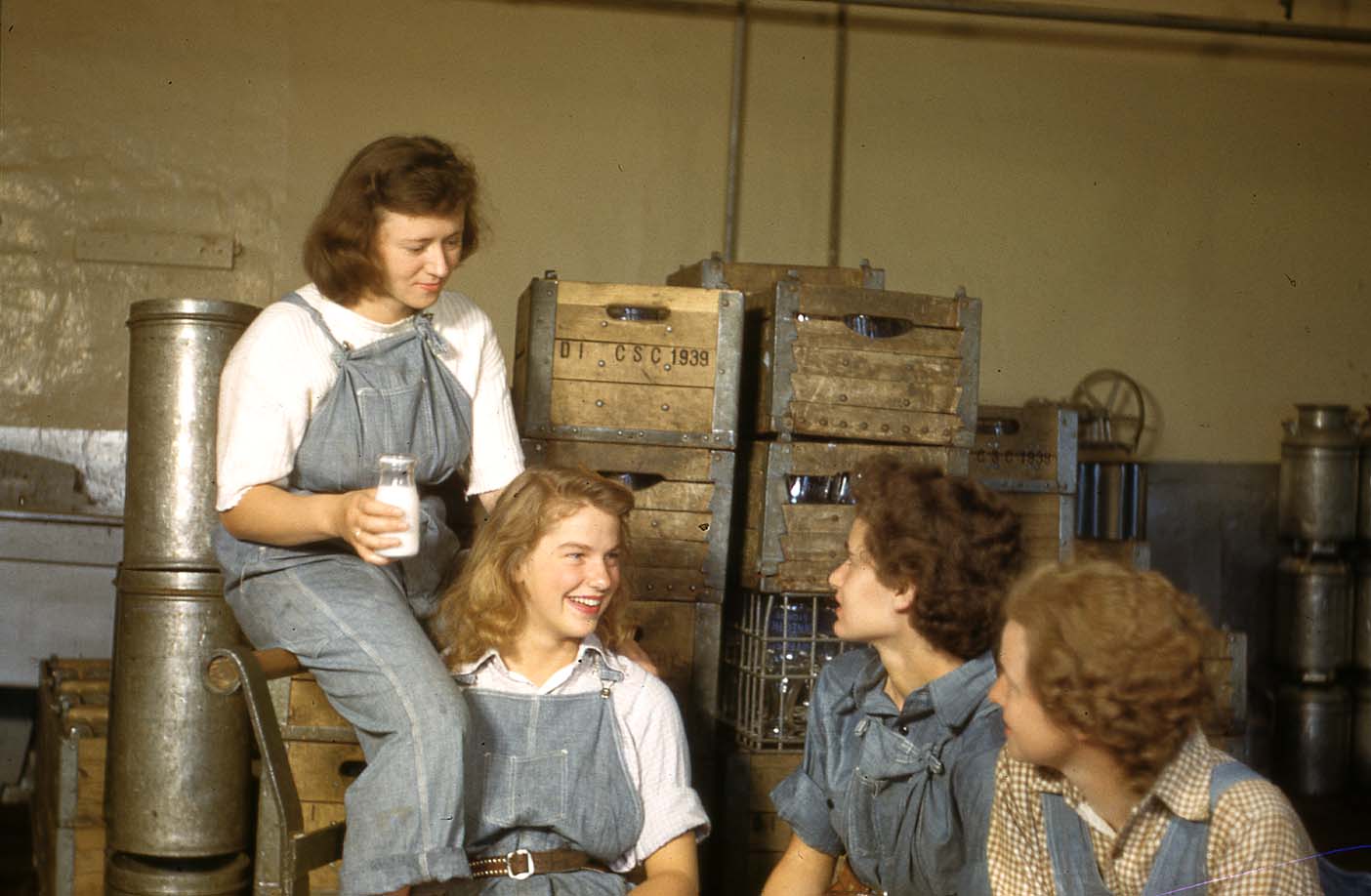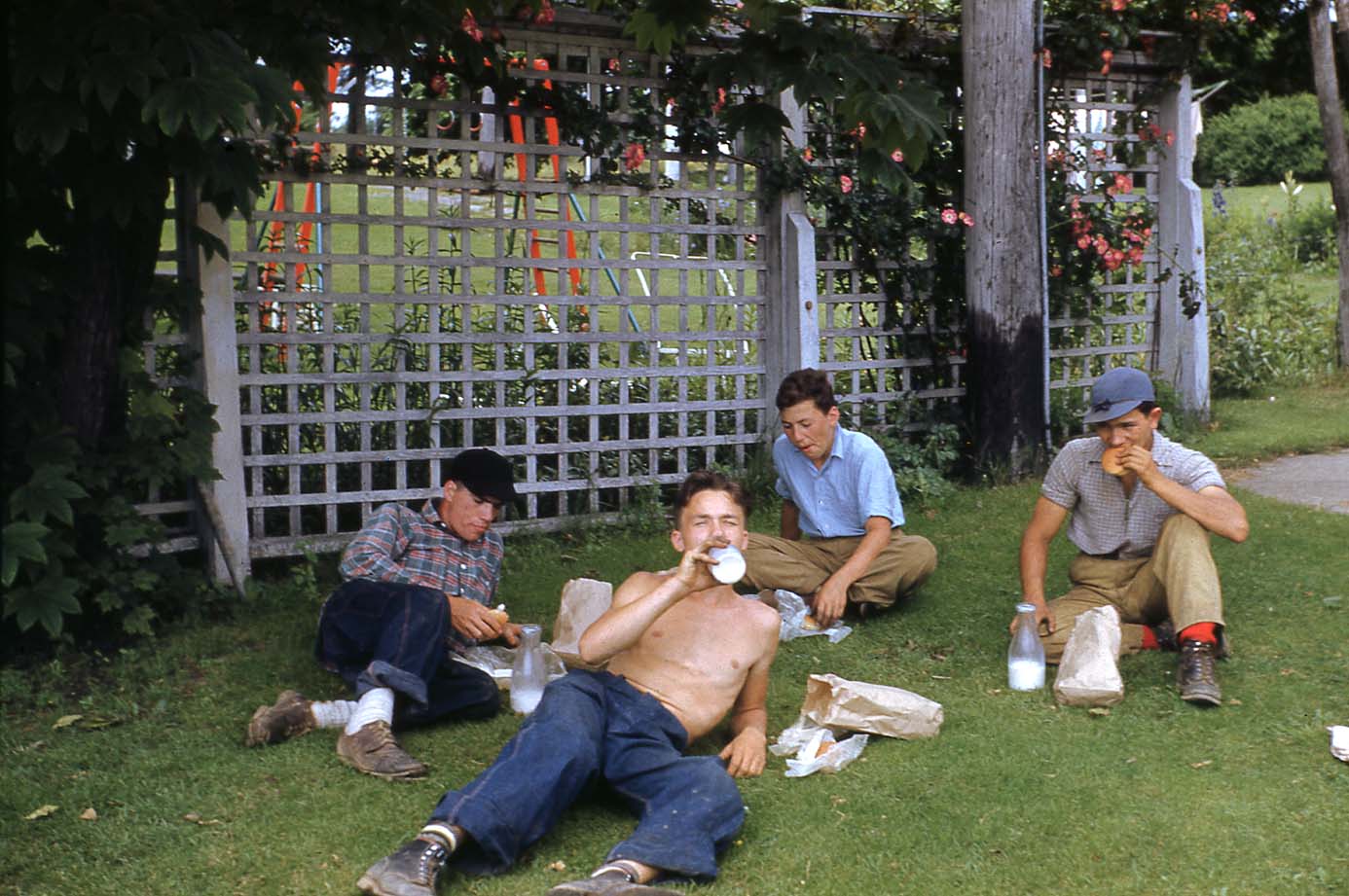
Dangerous Assignments, the newsletter for the Committee to Protect Journalists. From the Laurie S. Wiseberg and Harry Scoble Human Rights Internet Collection at the Thomas J. Dodd Research Center
On October 5, 2009, the fourth Thomas J. Dodd Prize in International Justice and Human Rights will be presented to The Committee to Protect Journalists. The ceremony will take place on the plaza of the Dodd Research Center at 11 AM.
The Committee to Protect Journalists (CPJ) works to promote press freedom worldwide. CPJ takes action when journalists are censored, jailed, kidnapped, or killed for their efforts to tell the truth. In their defense of journalists, CPJ protects the right of all people to have access to diverse and independent sources of information. CPJ has been a leading voice in the global press freedom movement since its founding in 1981.
CPJ’s staff of experienced journalists and human rights researchers investigates press freedom abuses in more than 120 countries, from authoritarian regimes like Cuba and Burma to fragmented states like Iraq and Somalia. They respond to attacks against the press through five regional programs: Africa, the Americas, Asia, Europe and Central Asia, and the Middle East and North Africa.
In 2008, CPJ carried out research and advocacy missions in Ecuador, El Salvador, Guatemala, Mexico, Venezuela, Azerbaijan, Georgia, Russia, Egypt, Iraq, Tunisia, Burma, China, Malaysia, the Philippines, Thailand, Mozambique, and South Africa. CPJ runs an International Program Network with five consultants based around the world: in Mexico City, São Paolo, Cairo, Johannesburg, and Bangkok. IPN staffers conduct on-the-spot investigations into serious abuses, organize emergency missions, and provide direct support to journalists who have suffered violence and incarceration.






